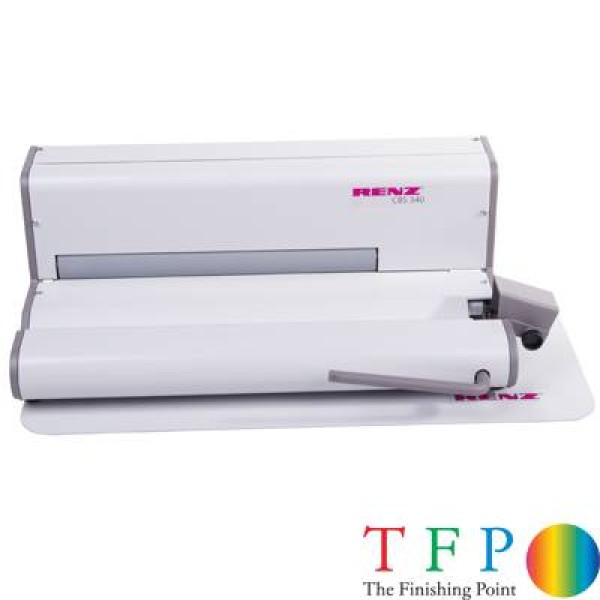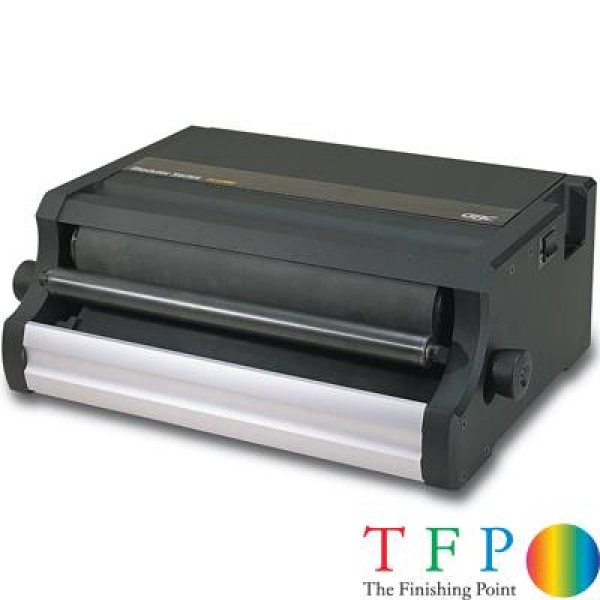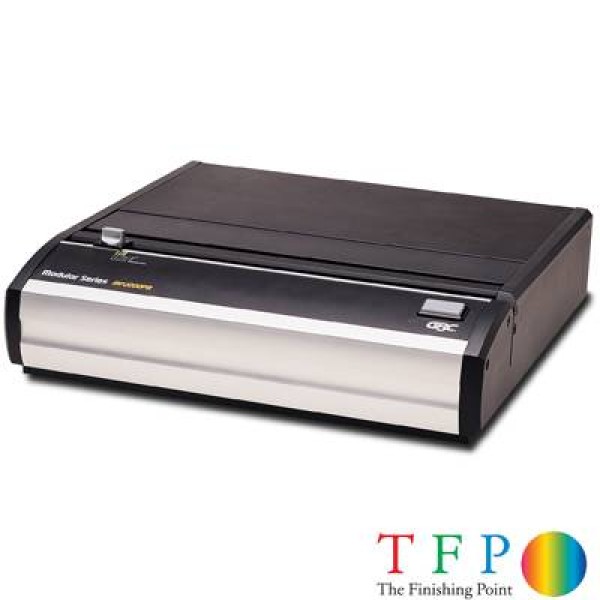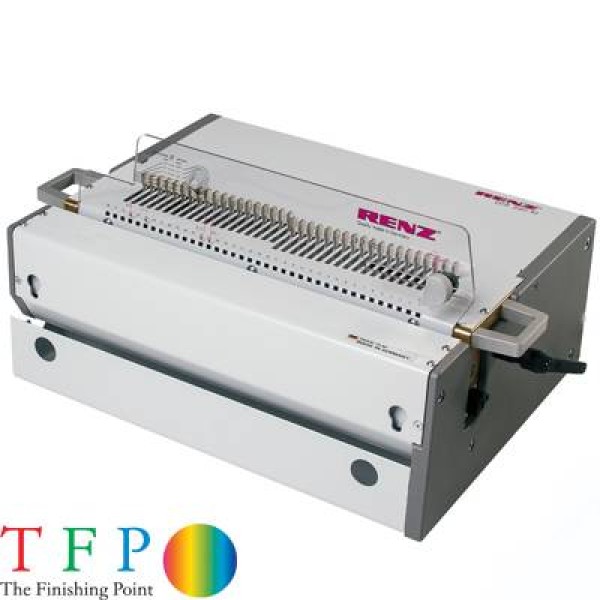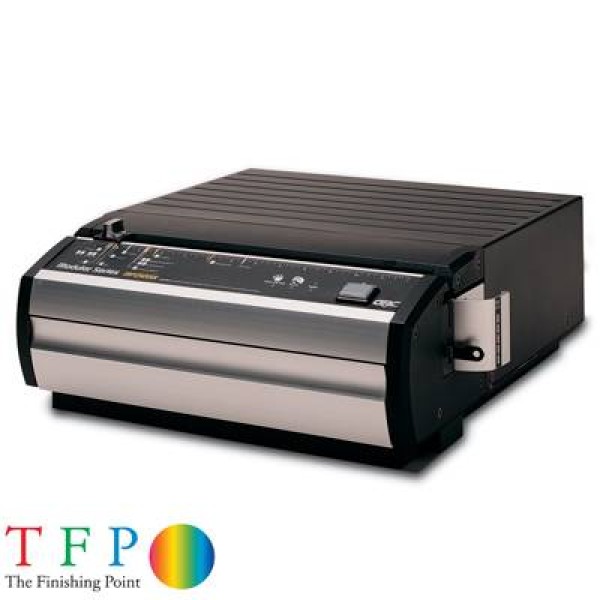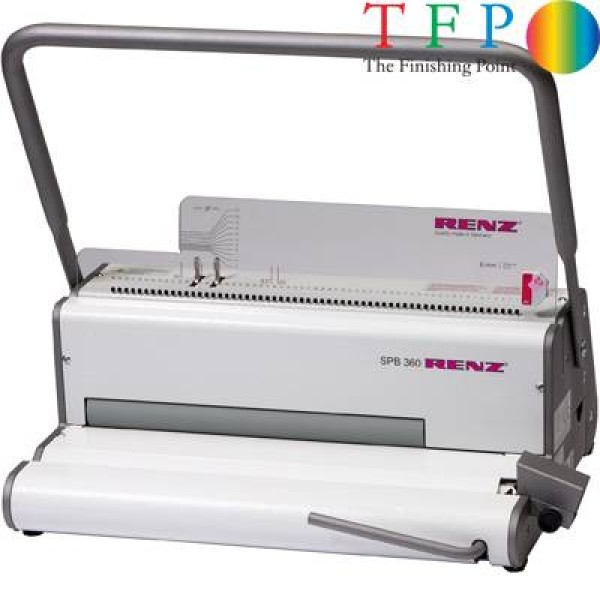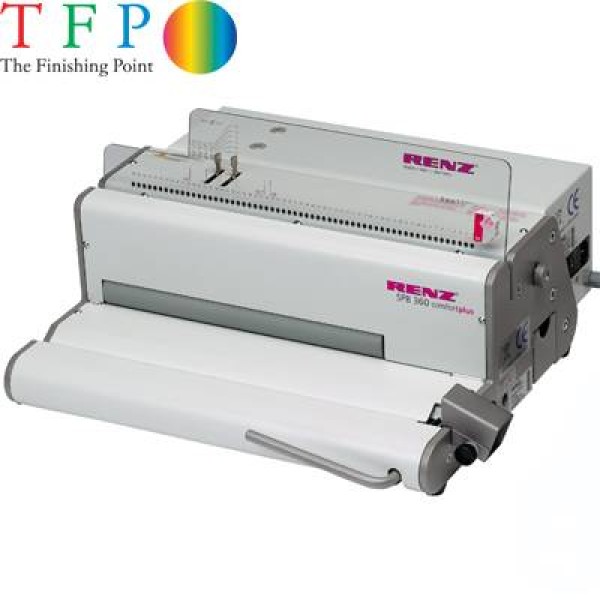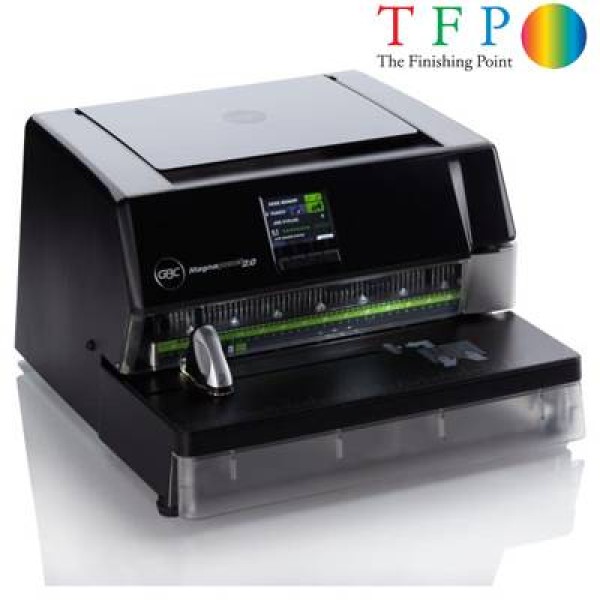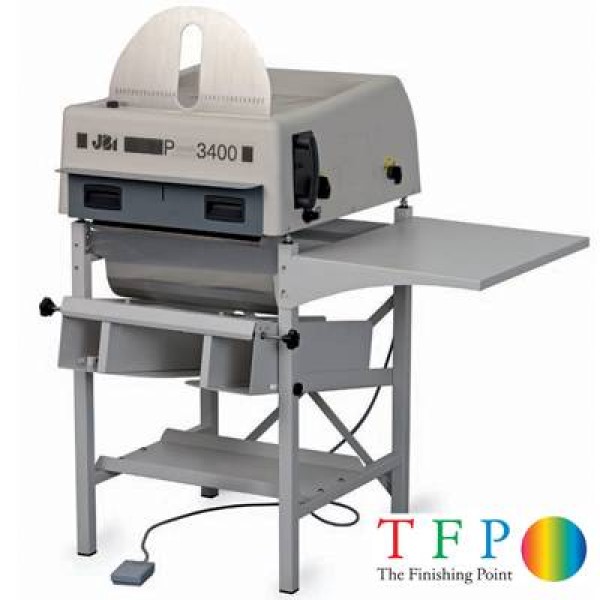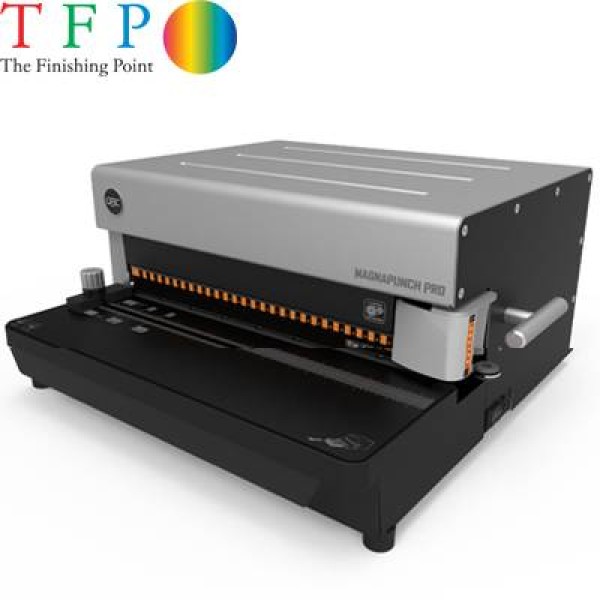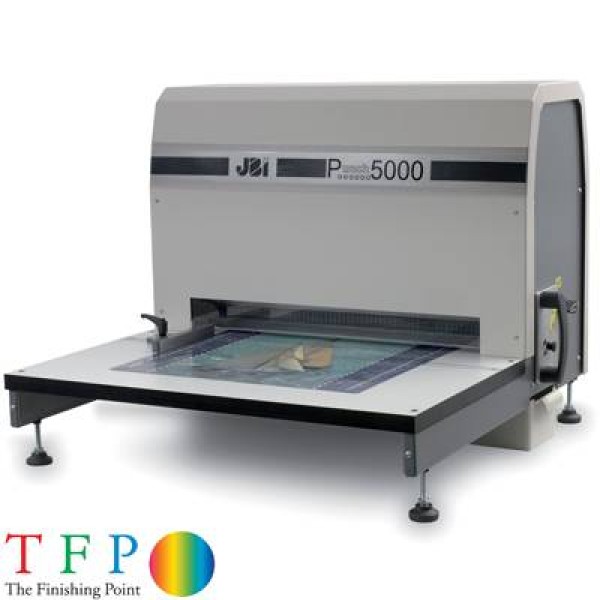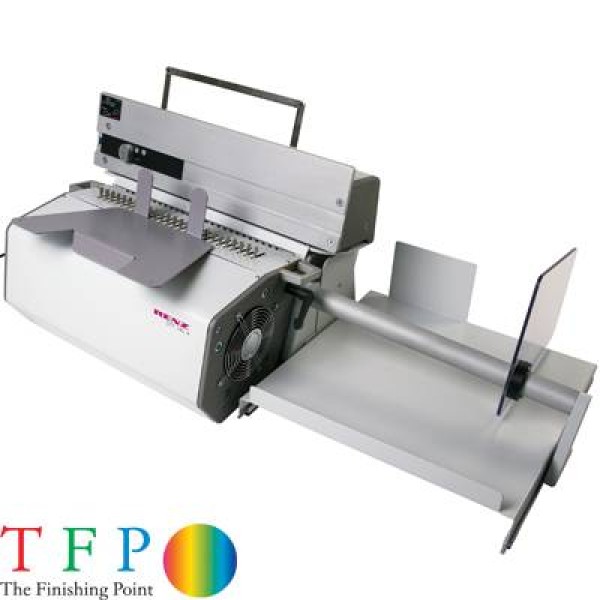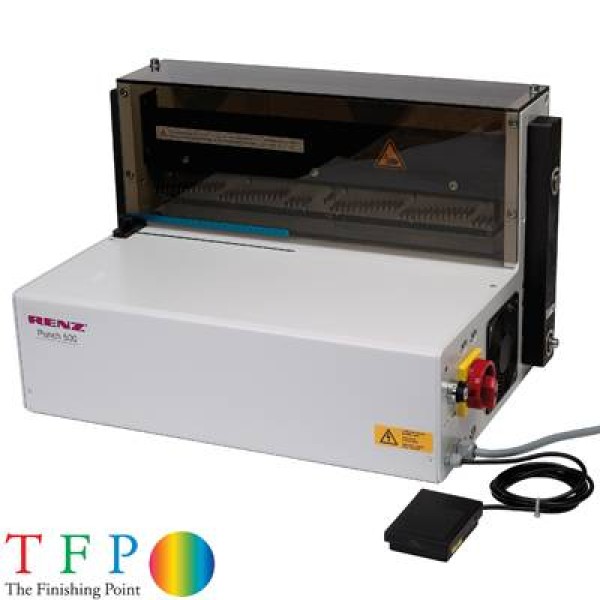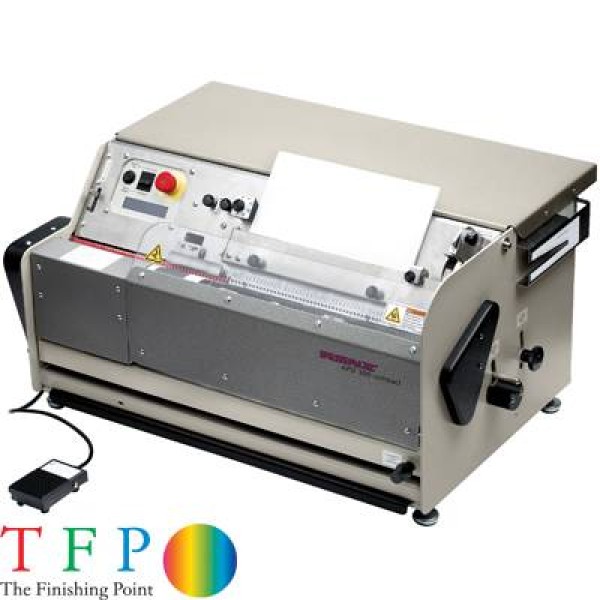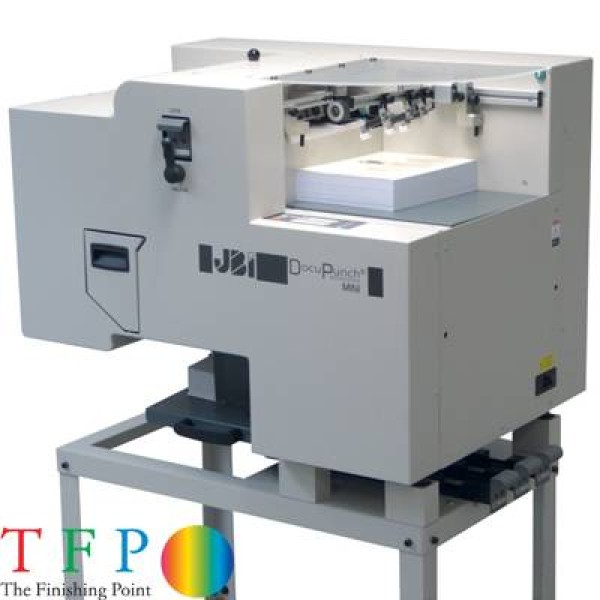-
Guillotines
GuillotinesGuillotinesback
- Paper Guillotines
- Brand
-
Guillotine Blades & Cut Sticks
Guillotine Blades & Cut Sticks
-
Guillotine Parts
Guillotine PartsGuillotine Partsback
- Binding Machines
-
Booklet Makers
Booklet MakersBooklet Makersback
-
Booklet Making Machines
Booklet Making Machines
-
Manufacturer
Manufacturer
-
Booklet Making Machines
-
Paper Folding
Paper FoldingPaper Foldingback
-
Paper Folding Equipment
Paper Folding EquipmentPaper Folding Equipmentback
-
Manufacturer
Manufacturer
-
Paper Folding Equipment
-
Card Creasing Machines
Card Creasing MachinesCard Creasing Machinesback
-
Card Creasing Machines
Card Creasing Machines
- Manufacturer
-
Card Creasing Machines
-
Laminating Machines
Laminating MachinesLaminating Machinesback
-
Laminating Machines
Laminating Machines
-
Manufacturer
Manufacturer
-
Laminating Machines
-
Stapling Machines
Stapling MachinesStapling Machinesback
-
Stapling Machines
Stapling Machines
-
Manufacturer
Manufacturer
-
Stapling Machines
Coil Binding Machines
A complete range of Coil Binding Solutions from manual to fully automated solutions in partnership with the world leading manufacturers Renz of Germany, James Burn International of France and GBC of the USA. Solutions and advice for all budgets.Coil Binding Machines
Coil Binding Machines for all Budgets & Purposes
The Finishing Point offer a wide range of Coil Binding Machines and Solutions in partnership with the world leading manufacturers such as Renz of Germany, James Burn International of France (JBI) and GBC of USA.
Our coil binding machines range from simple manual desktop solutions aimed at infant and secondary schools, mid-range machines aimed at Secondary and Further Education facilities, copy shops, corporate print rooms and print companies, and our high end machines which are aimed at print finishing companies, Universities, and larger corporate print environments. All our wire binding machines are designed for heavy and constant use and will serve their owners for many years, hassle free.
Why Choose Coil Binding
Coil binding, also known as spiral binding, is a commonly used book binding style for documents. This binding style is known by a number of names including spiral coil, color coil, colorcoil, ez-coil, plastic coil, spiral binding, plastikoil and coilbind. Documents bound with helical coil (usually called spiral coil) can open flat on a desk or table and offer 360 degree rotation for easy note taking. This binding style is durable and is often used for documents that need to be mailed. Spiral coil binding spines are also available in more colors and sizes than other binding styles.
One of the strengths of spiral coil binding is that the supplies are available in a variety of lengths. Most users purchase spiral coils in 305 mm lengths. This spine is inserted onto an 297 mm document and the excess length of coil is cut and crimped at each end of the book. However, the forming process for creating spiral coil binding elements allows them to be created in virtually any length. Many binderies and print shops choose to purchase coils in 916 mm lengths in order to have the flexibility to bind custom document sizes and to reduce waste. For binding documents shorter than 297 mm it is also possible to purchase shorter lengths of spiral coil in order to save time and money.
Coil binding spines are measured in millimeters and are available in sizes as small as 5 mm and as large as 76 mm depending on the pitch of coil chosen. However it is important to note that binding thick documents using spiral coil can be difficult. When a large document is punched for coil binding the path through the holes will be straight. However, the coil binding spines are curved. This means that it is necessary to shape the spine of the document into a curve in order to allow the coil to travel smoothly through the holes. Special tools are generally used for this purpose.
Coil Binding Equipment
Plastic spiral binding is a three-step process: punch, insert, crimp. First, a punch creates holes along the edge of the document. Second, a coil inserter spins the coils through the holes. Third, a pair of coil crimping pliers or a crimping machine is used to cut off the excess coil and crimp the end to prevent the coil from coming loose from the document. There are also more automated systems that will insert and cut and crimp the coil in one process, machines such as the Renz APSI300 Compact and even some fully automated systems that will punch, insert, and crimp for the very high volume users. Light volume or personal users may choose to buy a single machine, such as the Renz SPB360, GBC CC2700 or Renz DTP340M with Renz CBS340, these models do all of these features or you can choose to spin the coils onto their books by hand. Higher volume users will often choose to separate these three functions to help increase productivity.
Why Choose The Finishing Point Ltd?
We are not just a sales team, we are much more than that!

Free Delivery
£12.50 delivery charge for orders under £125.00
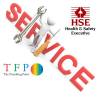
Service Team
Bespoke Maintenance Contracts & Ad-Hoc Calls available Nationwide

Secure Purchasing
Online Secure Payments Powered by WorldPay
.jpg)

